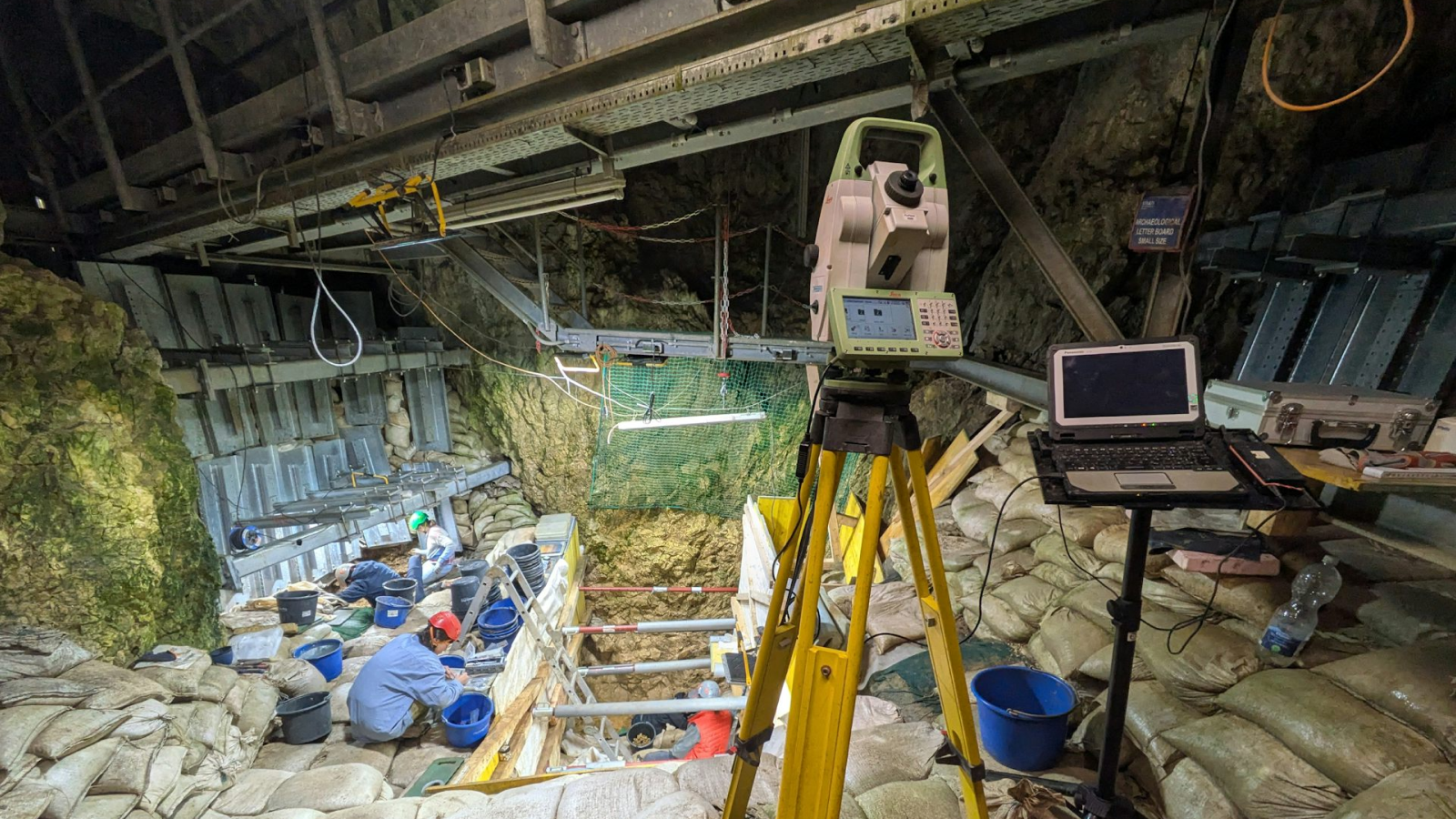Science News: Recent scientific discoveries and expert analysis
Latest news
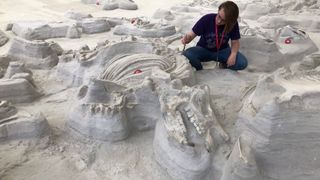
Large, bone-crushing dogs stalked 'Rhino Pompeii' after Yellowstone eruption 12 million years ago, ancient footprints reveal
By Patrick Pester published
Researchers have found footprints of large, bone-crushing dogs in the 12 million-year-old Ashfall Fossil Beds in northeastern Nebraska, suggesting these large carnivores may have survived a cataclysmic Yellowstone eruption that covered parts of North America in ash.
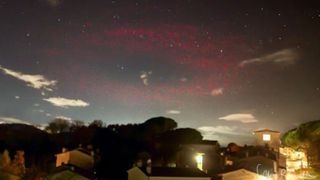
Bizarre, UFO-like halo of red light appears over small Italian town — for the second time in 3 years
By Harry Baker published
An eerie new photo shows a giant red ring shining above Possagno, near the Italian Alps. The eye-catching image is almost identical to one taken in the same town in early 2023.

New semiconductor could allow classical and quantum computing on the same chip, thanks to superconductivity breakthrough
By Anna Demming published
Researchers believe they can fit 25 million Josephson junctions — a useful component for quantum computing — on one two-inch wafer with this approach.

Ancient rock art along US-Mexico border persisted for more than 4,000 years — and it depicts Indigenous views of the universe
By Aristos Georgiou published
Researchers have uncovered evidence of an Indigenous artistic tradition that was painted along the U.S.-Mexico border for roughly 175 generations.

We may finally understand stress-induced hair loss
By RJ Mackenzie published
Alopecia areata, which causes patchy hair loss, is often preceded by stress. Scientists are starting to figure out why through animal studies.
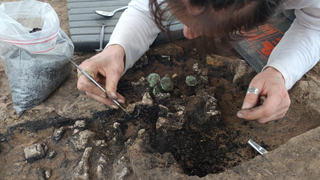
2,000-year-old gold ring holds clue about lavish cremation burial unearthed in France
By Kristina Killgrove published
A lavish cremation tomb found in France may point to funeral rites for an adolescent boy.
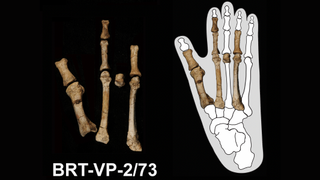
A fossilized foot found 15 years ago belonged to enigmatic human relative that lived alongside Lucy, scientists say
By Sophie Berdugo published
Freshly unearthed jaw bones and teeth that were found close to a previously discovered foot suggest human relatives tried several ways of walking before honing in on one strategy.

Popular AI chatbots have an alarming encryption flaw — meaning hackers may have easily intercepted messages
By Peter Ray Allison published
Cybersecurity researchers have uncovered a critical vulnerability in the architecture of large language models underpinning generative AI, but how dangerous is this flaw?

Most modern dogs have wolf DNA from relatively recent interbreeding. Here's which breeds are the most and least 'wolfish.'
By Skyler Ware published
About two-thirds of modern dog breeds carry some wolf ancestry introduced within the past few thousand years.
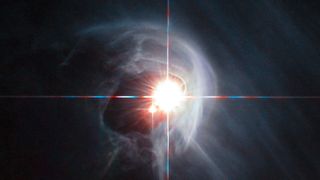
Two stars spiraling toward catastrophe are putting Einstein's gravity to the test
By Paul Sutter published
The two stars in the nearby system ZTF J2130 are spiraling toward a catastrophic supernova. In the meantime, scientists are using the pair's slow orbital decay to put Einstein's theory of gravity to the test.
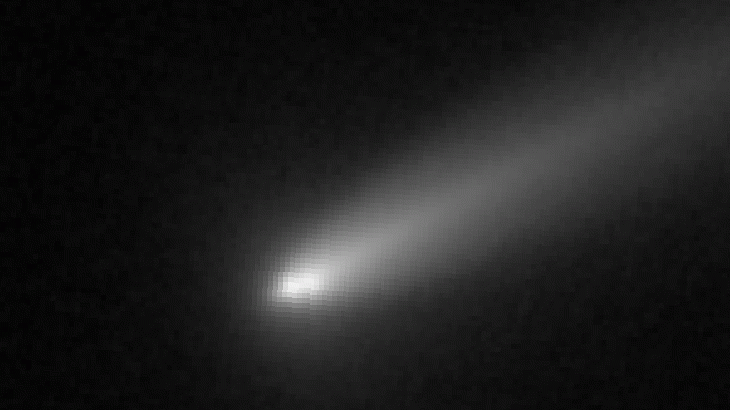
RIP 'other ATLAS': Watch the doomed comet explode into pieces in incredible new images
By Harry Baker published
Stunning new photos show the pieces of the "other ATLAS," C/2025 K1, breaking apart in space after the golden comet suddenly exploded earlier this month.

'Like a sudden bomb': See photos from space of Ethiopian volcano erupting for first time in 12,000 years
By Skyler Ware published
Hayli Gubbi, a shield volcano in northern Ethiopia, erupted for several hours on the morning of Sunday, Nov. 23 — the first eruption since the start of the Holocene.

Marooned no more! Stranded Chinese astronauts finally have a way home following launch of unmanned 'lifeboat'
By Harry Baker published
China has launched an unmanned "lifeboat" to the Tiangong space station, ending a month-long fiasco. The spacecraft will eventually ferry home the marooned Shenzhou-21 crew, who have been stuck without a return capsule for over a week.
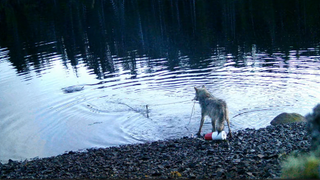
Wolf stealing underwater crab traps caught on camera for the first time — signalling 'new dimension' in their behavior
By Patrick Pester published
A video has revealed never-before-seen behaviors in wolves that could mark the first case of tool use in a wild member of the wolf and dog family — and it was all for some crab bait.
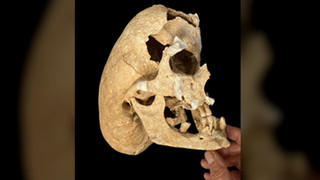
'I had never seen a skull like this before': Medieval Spanish knight who died in battle had a rare genetic condition, study finds
By Kristina Killgrove published
The extremely long skull of a medieval knight points to an underlying genetic condition.

Ruptures from 'silent' earthquakes deep in Earth's crust can heal themselves within hours
By Sascha Pare published
Researchers re-created the conditions deep inside the Cascadia subduction zone and found that fractured rocks can repair themselves during, or just hours after, slow-motion earthquakes.

Study links GLP-1 use to some pregnancy risks — but the research has key caveats
By Nicoletta Lanese published
A new study hints that pregnant people who have previously taken drugs like Ozempic may face a higher risk of certain poor pregnancy outcomes. But more studies are needed to understand the finding.
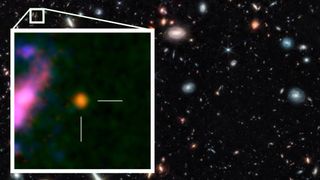
James Webb telescope may have discovered the earliest, most distant black hole ever seen
By Shreejaya Karantha published
The James Webb telescope may have detected the universe's earliest and most distant known black hole at the heart of galaxy GHZ2, revealing how the first black holes grew just a few hundred million years after the Big Bang.

See a rare conjunction of Mercury and Venus late tonight
By Jamie Carter last updated
The inner planets Mercury and Venus will both be visible in the east-southeast sky before sunrise on Tuesday, Nov. 25.
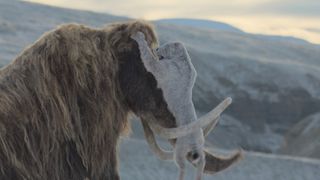
A new Apple TV series brings to life iconic animals of the last ice age.
By Sascha Pare published
A clip from the upcoming series "Prehistoric Planet: Ice Age" shows how iconic ice age creatures adapted to their changing environment as temperatures rose and ice sheets started to melt.
Get the world’s most fascinating discoveries delivered straight to your inbox.


